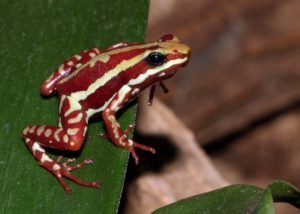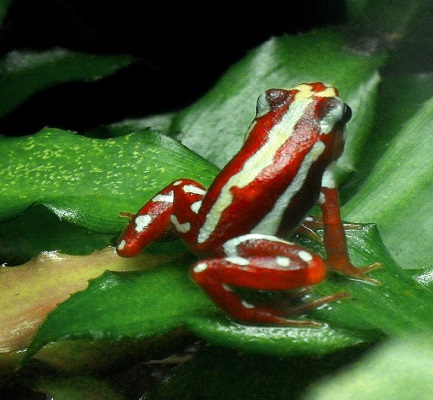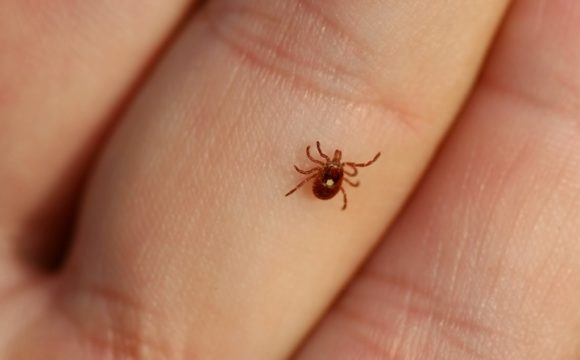Many animals produce toxic in their body and use it as a defense mechanism against predators or to hunt their prey. Haven’t you wonder that how is it that the poison produced by a creature is able to affect others but not that creature itself? Well, this question has also baffled many scientists and this article will throw some light by answering it.
Anthony’s poison arrow frog (Epipedobates anthonyi) is a poison dart frog species about 19 to 26 mm (0.7 to 1.0 inch) in size and is found around the regions of southwestern Ecuador and northwestern Peru. The poisonous frog produces an alkaloid toxic by the name of Epibatidine. This chemical interacts with nicotinic and muscarinic acetylcholine receptors producing severe pain sensation, paralysis, respiratory arrest, and eventual death. Epibatidine, however, does not affect the frog itself.


Epipedobates anthonyi
A team of researchers from the University of Texas gathered tissues from these amphibians and related 28 species of other frogs with varying levels of toxic production to investigate. The team sequenced a gene responsible for encoding nAChR nicotinic acetylcholine receptor, the same receptor to which Epibatidine binds. The team then constructed an evolutionary tree to draw evolutionary inferences. Electrophysiological assays (studying the electrical properties of biological cells and tissues) of human and frog nAChR were performed.
Results revealed that a small genetic mutation leads to a single amino acid substitution amongst the 2,500 amino acids which make up the receptor. This substitution reduces the sensitivity of Epibatidine toxins towards its receptor and thus practically making the frog immune to its own poison.
Findings of such nature are not just beneficial to our theoretical knowledge but have a wide range of practical applications as well. Understanding how receptors work boost science towards the development of better drugs. Venoms and toxins in the past have been used for various drug developments. Snail venom, for example, has been used in relieving pain and in targeting opioid addiction.
Epibatidine also possesses both antidote and analgesic potencies and may find a significant therapeutic application one day. As for now, you might have some insight as for how poisonous frogs or poisonous animals rather are able to resist their own poison by developing a chemical defense.
Reference:
1] Rebecca D. Tarvin, Cecilia M. Borghese, Wiebke Sachs, Juan C. Santos, Ying Lu, Lauren A. O’Connell, David C. Cannatella, R. Adron Harris and Harold H. Zakon Interacting amino acid replacements allow poison frogs to evolve epibatidine resistance Science 22 Sep 2017
2] newatlas.com/poison-frog-pain-relief/51477/









